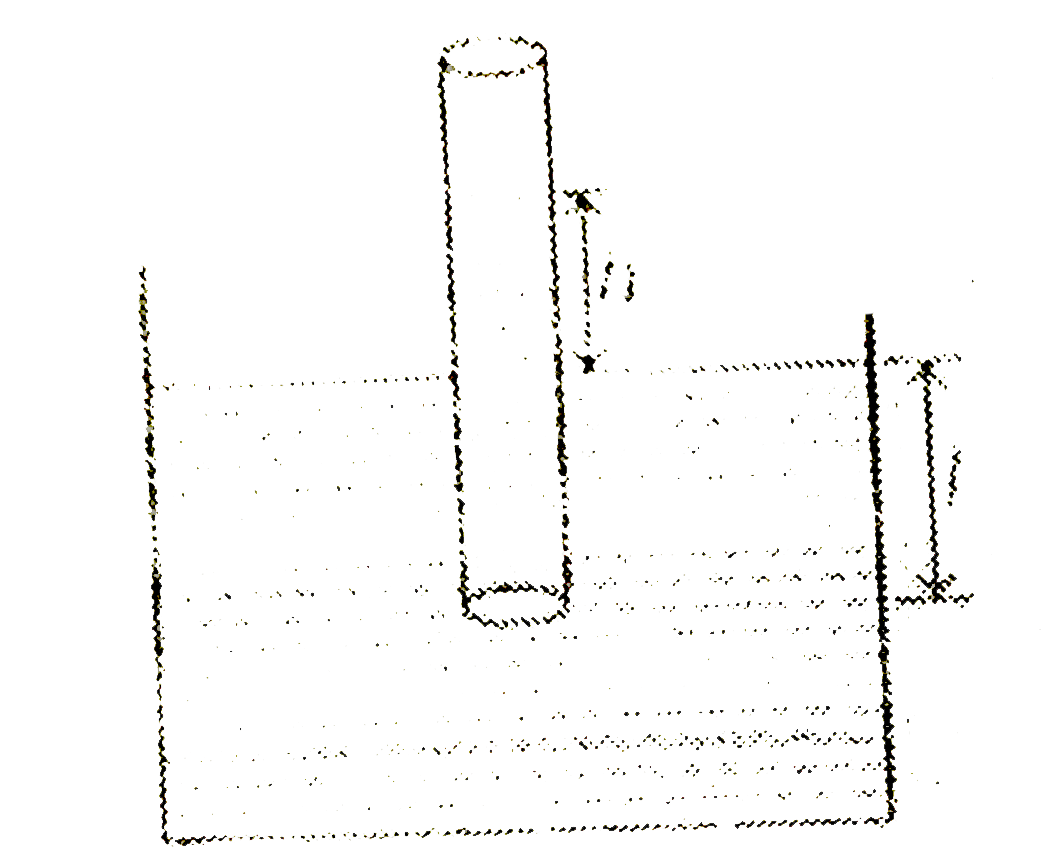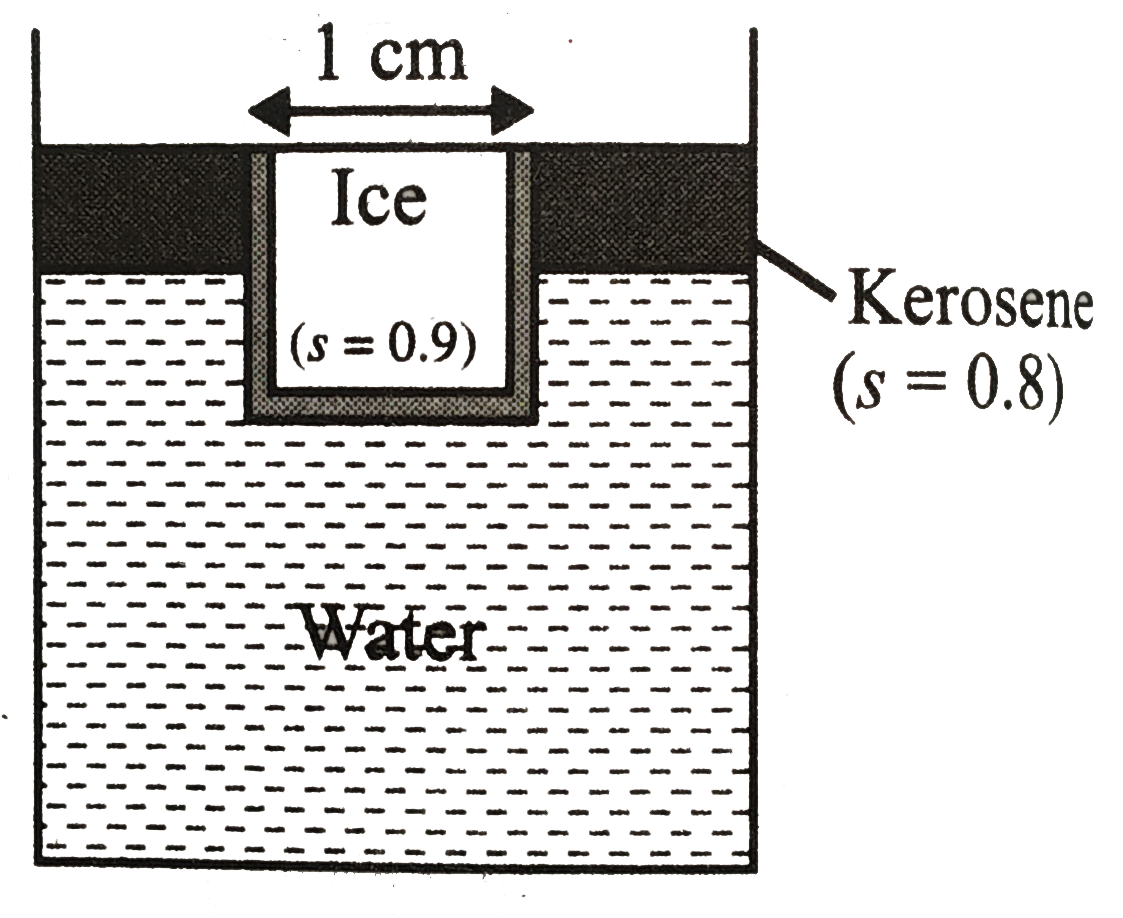Hold the cover slip over the object in such a manner that it touches the edge of the drop of water .Gently lower the cover slip onto water
Step-by-Step Solution:
1. Prepare the Slide: Start by placing a drop of water on the glass slide where your specimen (the object you want to observe) is located. Ensure that the amount of water is just enough to cover the specimen without overflowing.
2. Position the Coverslip: Hold the coverslip above the slide. Make sure that it is positioned in such a way that it is directly above the edge of the drop of water. This is important to avoid any air bubbles.
3. Touch the Edge: Carefully bring the edge of the coverslip down to touch the edge of the water drop. This will help to create a seal between the coverslip and the slide while minimizing the risk of trapping air bubbles.
4. Lower the Coverslip Gently: Slowly and gently lower the coverslip onto the water. This should be done gradually to prevent any sudden movements that could cause air bubbles to form.
5. Final Adjustment: Once the coverslip is in place, check to ensure that it is flat against the slide and that there are no air bubbles trapped underneath. If there are bubbles, you may need to adjust the coverslip slightly.
Topper's Solved these Questions
- THE CELL BOOK - ICSECHAPTER - THE CELL EXERCISE - TEST YOURSELF -Match the statements
1 Video
- TEST PAPER 2BOOK - ICSECHAPTER - TEST PAPER 2EXERCISE - Label the schematic diagram
1 Video
- THE CIRCULATORY SYSTEMBOOK - ICSECHAPTER - THE CIRCULATORY SYSTEMEXERCISE - REVIEW QUESTIONS (Long answer questions)
4 Videos
Similar Questions
Total earth's surface covered by water is
View SolutionA cylindrical can, whose base is horizontal and of radius 3-5 cm, contains sufficient water so that when a sphere is placed in the can, the water just covers the sphere. Given that the sphere just fits into the can, calculate :
the depth of water in the can before the sphere was put into the can.
View Solution
Knowledge Check
3/4th of the earth is covered by water, out of this % of freshwater is:
A1.25B2.5C3.9D5.6
A conical vessel of radius 6 cm and height 8 cm is completely filled with water. A sphere is lowered into the water and its size is such that when it touches the sides it is just immersed. What fraction of water overflows ?
View SolutionA conical vessel of radius 6cm and height 8cm is completely filled with water. A sphere is lowered into the water and its size is such that when it touches the sides, it is just immersed . What fraction of water over flows?
View SolutionA conical vessel of radius 6 cm and height 8 cm is completely filled with water. a sphere is lowered into the water and its size is such that when it touches the the sides, it just immersed. what fraction of water overflows.
View SolutionA capillary tube is dipped in water to a depth and the water rises to a height h(<l) in the capillary tube. The lower end of the tube is closed in water by putting a lower over it. The tube is now taken out and the thumb is removed from the lower end and it kept open. The length of liquid column in the tube will be

View SolutionAn ice cube of side 1cm is floating at the interface of kerosene and water in a beaker of base area 10cm2. The level of kerosene is just covering the top surface of the ice cube.
a. Find the depth of submergence in the kerosene and that in the water.
b. Find the change in the total level of the liquid when the whole ice melts into water.

View SolutionA piece of iron sinks in water, but a slip made of iron floats in water. Why?
View SolutionDraw a diagram showing the temperature of various layers of water in an ice covered pond.
View Solution